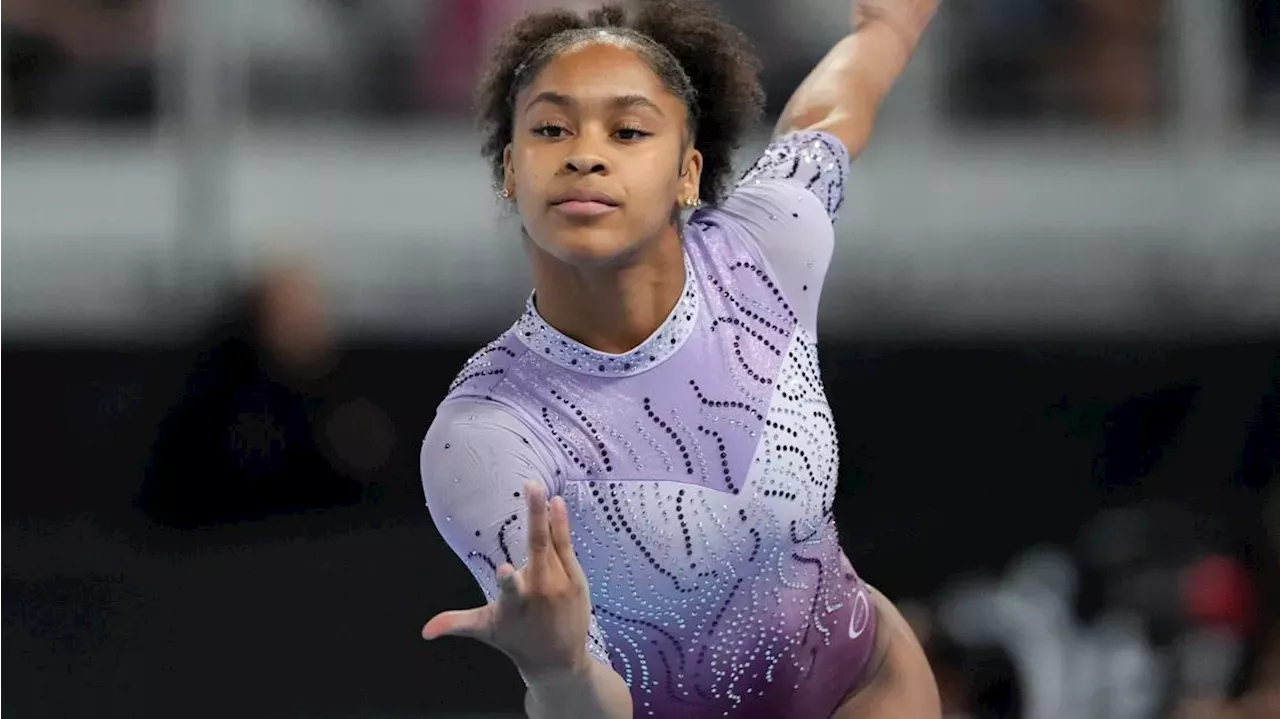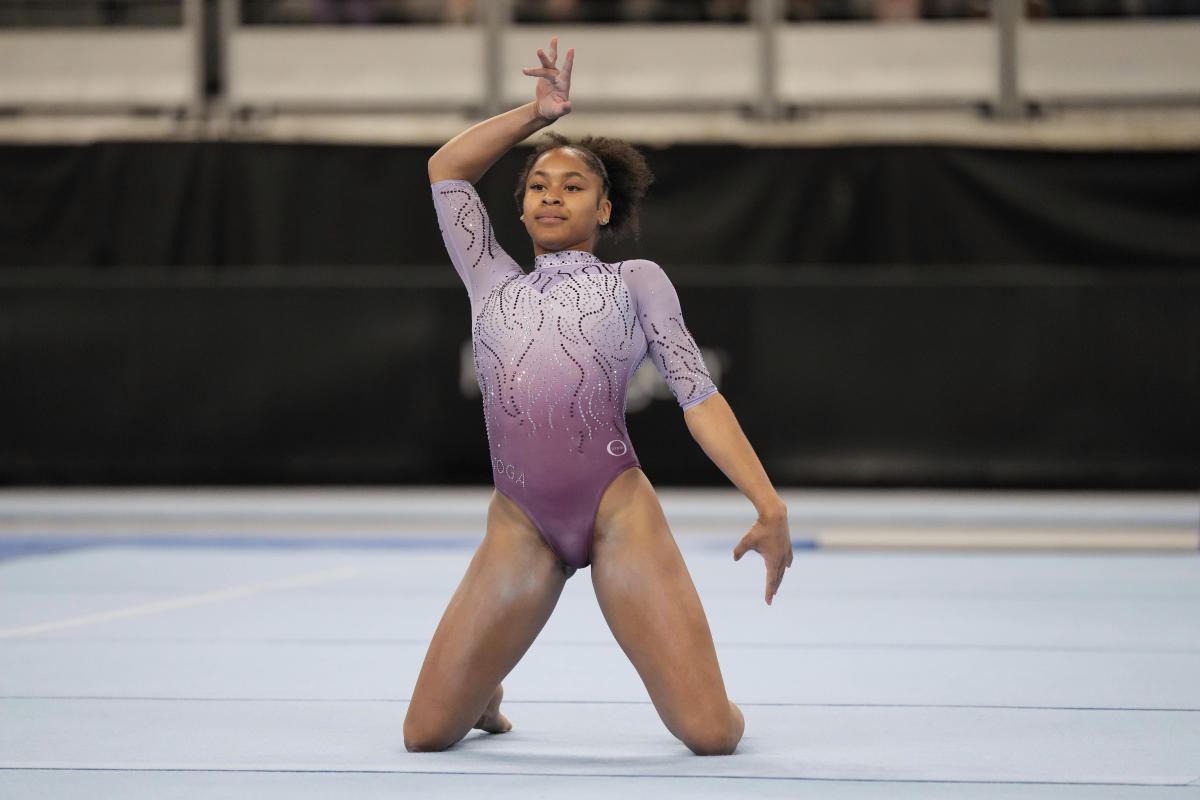Gymnastics Injuries Overview
Gymnastics is a physically demanding sport that requires high levels of strength, flexibility, and coordination. As a result, gymnasts are at risk for a variety of injuries. These injuries can range from minor strains and sprains to more serious fractures and dislocations.
The prevalence of gymnastics injuries varies depending on the level of competition. However, studies have shown that gymnasts are more likely to experience injuries than athletes in other sports. For example, one study found that the injury rate among elite gymnasts was 10 times higher than the injury rate among high school football players.
The most common types of gymnastics injuries include:
* Sprains and strains
* Fractures
* Dislocations
* Tendinitis
* Bursitis
* Carpal tunnel syndrome
The risk of gymnastics injuries is influenced by a number of factors, including:
* Training intensity
* Training volume
* Technique
* Equipment
* Nutrition
* Genetics
Contributing Factors to Gymnastics Injuries
In addition to the risk factors listed above, there are a number of other factors that can contribute to gymnastics injuries, including:
* Overuse
* Poor conditioning
* Inadequate warm-up
* Improper landing techniques
* Falls
* Collisions with other gymnasts or equipment
Prevention and Management of Gymnastics Injuries

Gymnastics is a demanding sport that requires strength, flexibility, and coordination. However, it also carries a high risk of injury. Gymnastics injuries can range from minor strains and sprains to more serious fractures and dislocations. Preventing and managing gymnastics injuries is essential for ensuring the safety and well-being of athletes.
There are a number of effective strategies for preventing gymnastics injuries. These include:
- Proper training techniques: Athletes should be properly trained in the correct techniques for each skill. This will help to reduce the risk of injuries caused by improper form.
- Proper equipment: Athletes should use properly fitted equipment that is in good condition. This will help to reduce the risk of injuries caused by equipment failure.
- Warm-up and cool-down: Athletes should always warm up before training or competition and cool down afterwards. This will help to prepare the body for activity and reduce the risk of injuries.
- Strength training: Athletes should engage in strength training exercises to help strengthen their muscles and connective tissues. This will help to reduce the risk of injuries caused by overuse or trauma.
- Flexibility training: Athletes should engage in flexibility training exercises to help improve their range of motion and reduce the risk of injuries caused by muscle tightness.
In addition to prevention, it is also important to have a plan in place for managing gymnastics injuries. This includes:
- Injury assessment: When an athlete is injured, it is important to assess the injury to determine its severity. This will help to guide treatment decisions.
- Diagnosis: Once the injury has been assessed, a doctor or other medical professional can diagnose the injury and recommend the appropriate treatment.
- Treatment: There are a variety of treatment options available for gymnastics injuries, depending on the severity of the injury. These options include conservative treatments, such as rest, ice, compression, and elevation, as well as surgical treatments, such as arthroscopy and reconstruction.
By following these strategies, gymnasts can help to reduce their risk of injury and improve their overall health and well-being.
Rehabilitation and Recovery from Gymnastics Injuries
Gymnastics injuries, while often minor, can be debilitating and require proper rehabilitation to ensure a full recovery. The rehabilitation process involves a multidisciplinary approach, including physical therapy, exercise, and other modalities, to restore range of motion, strength, and function to the injured area.
Physical Therapy
Physical therapy plays a crucial role in the rehabilitation of gymnastics injuries. Physical therapists assess the injury, develop a personalized treatment plan, and guide the gymnast through exercises and activities to improve mobility, flexibility, and strength. They also provide education on proper body mechanics and injury prevention techniques.
Exercise
Exercise is an essential component of rehabilitation. Gradual and progressive exercises are prescribed to strengthen the injured area, improve range of motion, and restore function. Exercises may include stretching, strengthening, balance, and coordination exercises. The type and intensity of exercises will vary depending on the specific injury and the stage of rehabilitation.
Other Modalities
In addition to physical therapy and exercise, other modalities may be used to facilitate recovery. These may include:
- Electrical stimulation to reduce pain and inflammation.
- Ultrasound to promote tissue healing.
- Massage to improve circulation and reduce muscle tension.
- Hydrotherapy to reduce swelling and pain.
Pain Management and Prevention of Re-injuries
Managing pain and preventing re-injuries during rehabilitation are crucial. Pain management strategies may include rest, ice, compression, elevation, and medication. Gradual return to activity and proper warm-up and cool-down routines are essential to prevent re-injuries.
Gymnastics injuries can be devastating, but they’re also a part of the sport. The road to the Olympics is long and arduous, and injuries are often a part of the journey. For those who are fortunate enough to make it to the Olympic trials, the stakes are even higher.
The olympic trials schedule is grueling, and the competition is fierce. But for those who are able to overcome the odds and make it to the Olympics, the rewards are immeasurable.
Injuries are an unfortunate reality for gymnasts, and they can occur at any level of competition. At the Olympic trials, where athletes are vying for a spot on the national team, injuries can be especially devastating. Gymnastics olympic trials injury can range from minor sprains and strains to more serious injuries, such as broken bones and torn ligaments.
These injuries can not only prevent athletes from competing, but they can also have long-term consequences for their careers.
